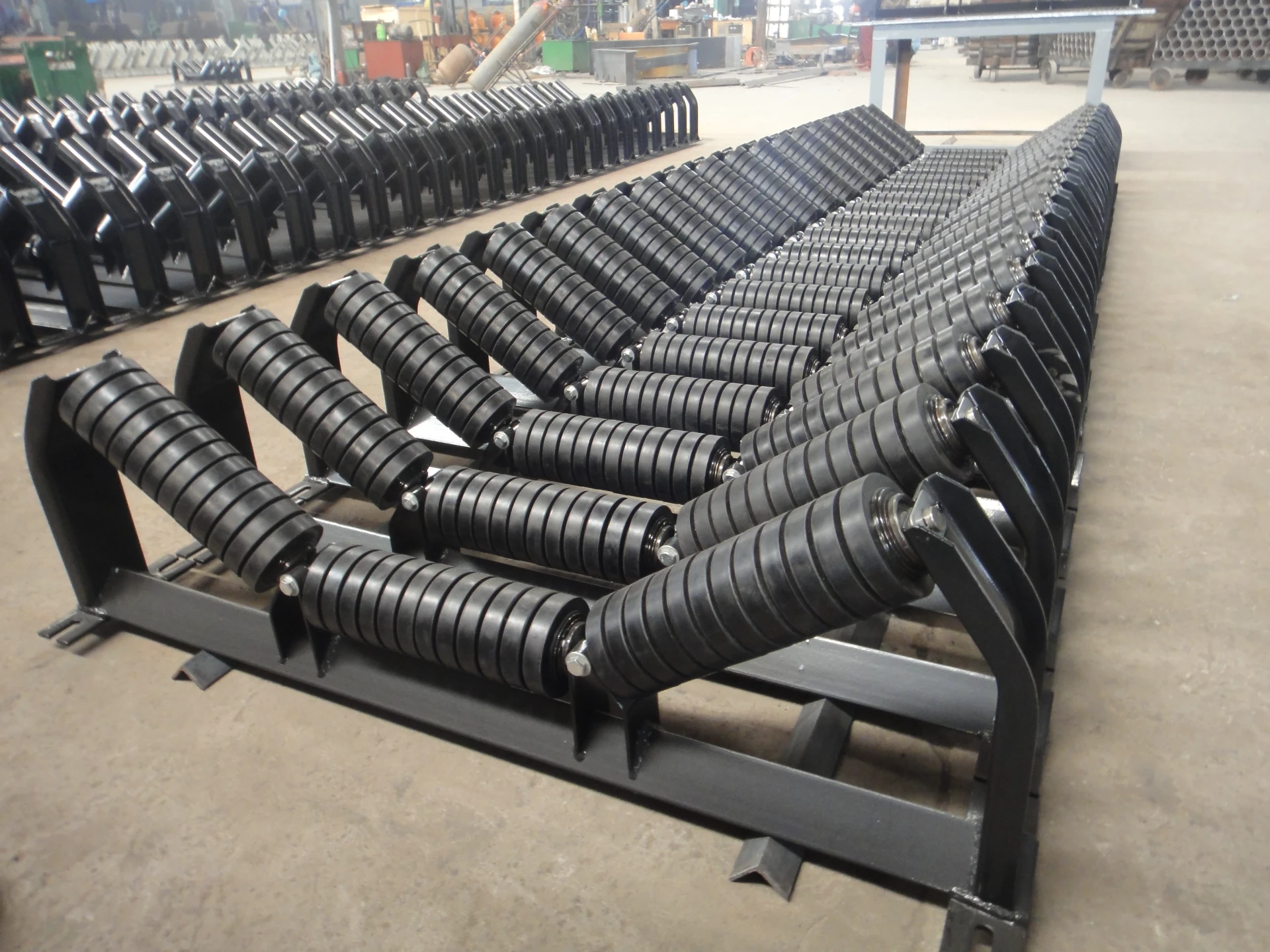 Afrikaans
Afrikaans  Albanian
Albanian  Amharic
Amharic  Arabic
Arabic  Armenian
Armenian  Azerbaijani
Azerbaijani  Basque
Basque  Belarusian
Belarusian  Bengali
Bengali  Bosnian
Bosnian  Bulgarian
Bulgarian  Catalan
Catalan  Cebuano
Cebuano  Corsican
Corsican  Croatian
Croatian  Czech
Czech  Danish
Danish  Dutch
Dutch  English
English  Esperanto
Esperanto  Estonian
Estonian  Finnish
Finnish  French
French  Frisian
Frisian  Galician
Galician  Georgian
Georgian  German
German  Greek
Greek  Gujarati
Gujarati  Haitian Creole
Haitian Creole  hausa
hausa  hawaiian
hawaiian  Hebrew
Hebrew  Hindi
Hindi  Miao
Miao  Hungarian
Hungarian  Icelandic
Icelandic  igbo
igbo  Indonesian
Indonesian  irish
irish  Italian
Italian  Japanese
Japanese  Javanese
Javanese  Kannada
Kannada  kazakh
kazakh  Khmer
Khmer  Rwandese
Rwandese  Korean
Korean  Kurdish
Kurdish  Kyrgyz
Kyrgyz  Lao
Lao  Latin
Latin  Latvian
Latvian  Lithuanian
Lithuanian  Luxembourgish
Luxembourgish  Macedonian
Macedonian  Malgashi
Malgashi  Malay
Malay  Malayalam
Malayalam  Maltese
Maltese  Maori
Maori  Marathi
Marathi  Mongolian
Mongolian  Myanmar
Myanmar  Nepali
Nepali  Norwegian
Norwegian  Norwegian
Norwegian  Occitan
Occitan  Pashto
Pashto  Persian
Persian  Polish
Polish  Portuguese
Portuguese  Punjabi
Punjabi  Romanian
Romanian  Russian
Russian  Samoan
Samoan  Scottish Gaelic
Scottish Gaelic  Serbian
Serbian  Sesotho
Sesotho  Shona
Shona  Sindhi
Sindhi  Sinhala
Sinhala  Slovak
Slovak  Slovenian
Slovenian  Somali
Somali  Spanish
Spanish  Sundanese
Sundanese  Swahili
Swahili  Swedish
Swedish  Tagalog
Tagalog  Tajik
Tajik  Tamil
Tamil  Tatar
Tatar  Telugu
Telugu  Thai
Thai  Turkish
Turkish  Turkmen
Turkmen  Ukrainian
Ukrainian  Urdu
Urdu  Uighur
Uighur  Uzbek
Uzbek  Vietnamese
Vietnamese  Welsh
Welsh  Bantu
Bantu  Yiddish
Yiddish  Yoruba
Yoruba  Zulu
Zulu Different Categories of Conveyor Pulleys and Their Applications in Material Handling
Understanding the Types of Conveyor Pulley
Conveyor systems are an essential component in many industries, facilitating the efficient movement of materials. Among the critical parts of these systems are conveyor pulleys, which play a vital role in the operation and effectiveness of conveyor belts. This article aims to explore the various types of conveyor pulleys and their specific applications, benefits, and features.
What is a Conveyor Pulley?
A conveyor pulley is a cylindrical device that is used to support the conveyor belt and manage its movement. They are typically mounted on a shaft and can be driven by a motor or manually. Pulleys are crucial for changing the direction of the belt, providing tension, and helping to transfer power.
Types of Conveyor Pulleys
1. Drive Pulley
The drive pulley is essential for the operation of a conveyor belt, receiving power from an external source to propel the belt forward. It is usually located at the head of the conveyor system. The design ensures that it can withstand heavy loads and endure frequent use, often featuring a rubberized surface to enhance traction.
2. Idler Pulley
Idler pulleys are located along the conveyor system to support the belt's weight and maintain its position. They do not receive power but play a crucial role in ensuring the smooth operation of the conveyor. Common types of idler pulleys include return idlers and impact idlers, which help in reducing wear and tear on the belt.
3. Tail Pulley
types of conveyor pulley

Positioned at the end of the conveyor system opposite the drive pulley, the tail pulley helps to return the belt while providing tension. This pulley is essential for supporting the weight of the returning section of the conveyor belt. Proper tensioning is crucial for maintaining the belt's alignment and preventing slippage.
4. Snub Pulley
Snub pulleys enhance the grip between the drive pulley and the conveyor belt, increasing friction and ensuring effective drive. They are commonly used in applications where the belt needs to be diverted or redirected around other machinery or equipment.
5. Take-Up Pulley
The take-up pulley is used to adjust the tension of the conveyor belt. It compensates for any belt elongation that occurs over time and helps maintain optimal tension. Proper tension is necessary to prevent slippage and excessive wear on both the belt and the pulleys.
Benefits of Conveyor Pulleys
Conveyor pulleys are designed to improve the overall efficiency of a conveyor system. They help
- Maintain Belt Tension Properly configured pulleys keep the belt tight, ensuring smooth operation and reducing the risk of breakdowns. - Enhance Durability Many pulleys are made from robust materials that can withstand harsh working conditions, extending the life of the conveyor system. - Reduce Maintenance Costs With the right pulley configurations, the wear and tear on the belt can be minimized, leading to lower maintenance costs and less frequent need for replacements. - Increase Efficiency By facilitating smooth movement and reducing friction, pulleys contribute to the overall productivity of the conveyor system.
Conclusion
In conclusion, conveyor pulleys are indispensable components of any conveyor system, with various types designed for specific purposes. From drive pulleys that propel the system to idler pulleys that support the belt, each type plays a vital role in ensuring efficiency and performance. Understanding these different pulleys is essential for anyone involved in designing, operating, or maintaining conveyor systems. By selecting the appropriate pulleys, industries can enhance productivity and reduce operational costs significantly.
-
Revolutionizing Conveyor Reliability with Advanced Rubber Lagging PulleysNewsJul.22,2025
-
Powering Precision and Durability with Expert Manufacturers of Conveyor ComponentsNewsJul.22,2025
-
Optimizing Conveyor Systems with Advanced Conveyor AccessoriesNewsJul.22,2025
-
Maximize Conveyor Efficiency with Quality Conveyor Idler PulleysNewsJul.22,2025
-
Future-Proof Your Conveyor System with High-Performance Polyurethane RollerNewsJul.22,2025
-
Driving Efficiency Forward with Quality Idlers and RollersNewsJul.22,2025





























